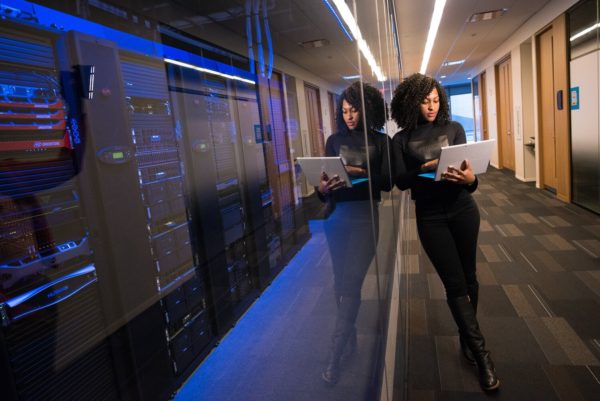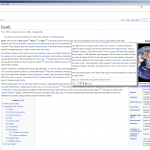How To Implement Modern Technology Into Your Business
One of the hallmarks of modern commerce is the deep integration of cutting edge technology. Today’s highly advanced tech allows businesses to make more informed decisions while saving time on menial labor. However, getting to the point where implemented tech solutions make your life easier takes some research and dedication. Here’s what you need to know about the role of technology in today’s businesses.

Artificial Intelligence
While the term is evocative of countless sci fi stories, usually featuring disaster, artificial intelligence has only recently achieved results that are viable in a business setting. Even then, the results may seem underwhelming to some. However, modern AI is more than enough to completely overhaul much of the process of doing business. These changes have been made possible thanks to natural language processing, the ability of AI to interpret the meaning of entire sentences, and machine learning, the ability of AI to adapt its own behavior in response to its successes and failures.
These advancements have enabled much more accurate service from search engines and virtual assistants, but it has even more to offer businesses. For example, the augmented intelligence design philosophy will allow businesses to run mostly by machines with minimal human oversight. This in and of itself is made possible via AI driven apps designed for automating clerical processes. Last, but certainly not least, AI can be used for market research via a technique known as sentiment analysis, a process in which AI scans all possible mentions of a company on social media and interprets those mentions in order to derive an actionable conclusion as to how the public feels about the brand in question.
Cloud Technology
The twin technologies of cloud storage and cloud computing have taken root in the commercial landscape, and this is because they provide incredible benefits where big data is concerned. First and foremost, cloud storage helps businesses to expand their available data storage, and storing data remotely can help to secure it by decentralizing it from your place of business. While cloud storage helps to hide data from hackers, it makes that information much more readily accessible to you and your team by offering access to it from multiple different platforms, allowing the quick, easy sharing of data between select team members who have clearance.

Cloud computing, on the other hand, is an incredible development in networking that is greater than the sum of its parts. Where traditional networking has been sufficient for connecting a series of computers together within proximity, housing your network in the cloud removes those constraints. Like cloud storage, cloud computing promotes a more open and more closely connected infrastructure that improves efficiency. However, it does so in a truly novel way that has single handedly transformed data processing. Where traditional networking allowed for the communal storage of files, cloud computing allows computers to share their processing power itself, all while offering native cloud storage. The end result of this is a network of computers that can trivialize otherwise demanding computations, such as those involved in the process of data analysis.
Smart Office Design
While the smart home trend is alive and well in the residential sector, its professional equivalent, the smart office, is serving businesses just as well, if not better. A smart office entails the implementation of several pieces of hardware and software that can connect to the office wifi, as well as each other. The practical benefits of this are many, but where it excels most is the simplification and automation of clerical processes. Payroll apps, for example, can eliminate much of the labor associated with payroll positions by collecting data straight from the time clock and converting the hours your employees have worked directly into their wages for the current pay period. This not only saves time, but it also prevents the all too common influence of human error. However, it’s important to note that human overseers are still required to verify the results of these automated processes, and smart office design typically includes a central hub from which you can monitor and control all of the various, interconnected systems.
















